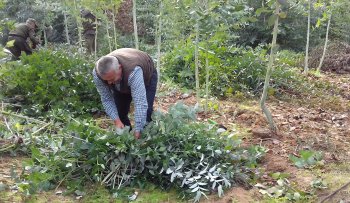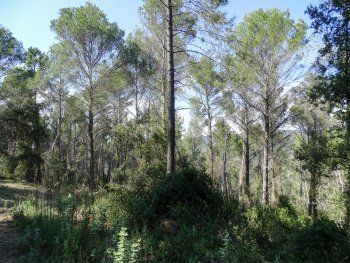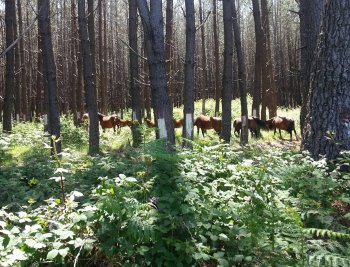Synergies between forest owners and medicinal plant distiller : The case of Eucalyptus in Andalusia
Submitted by Raphael Bec on 17 March 2020In the Doñana National Park in Andalusia, short-rotation coppice eucalyptus plantations occupy large areas and belong to private forest owners.
« Esencias Garcia-Palomo » distillery uses 5,000 kg of eucalyptus branches and leaves every day for its production of 10 to 40 kg of essential oil. Not being a forest owner, this resource is a cost to the company.
Mr. Palomo has organized with his neighbors to work in symbiosis and limit the costs of their respective operations : the collection of his raw materials contributes to the silviculture of coppices of eucalyptus.



